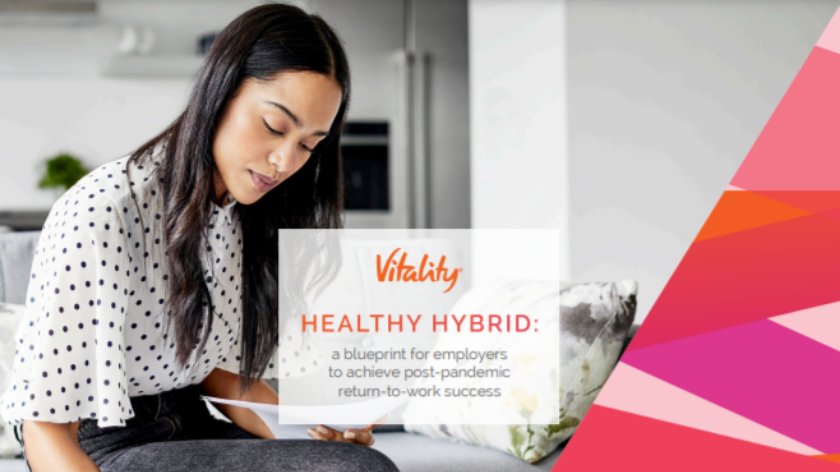Expect Turbulence when Establishing New Work Arrangements
Despite COVID-19 upending our status quo with rapid changes in our work and personal lives, more than 18 months later, people have settled into new ways of working. Respondents overall now rate their mental health and well-being as similar today as before global lockdowns. Although recency bias may be at play in these self-assessments, it shows that people have more or less found stability. To add to this, most workers who worked remotely since the beginning of the pandemic found that it made aspects of life easier, including spending more time with family, saving money, and participating in well-being activities, and they experienced little to no difficulty in workflow and relationship management.
Most (87%) of workers feel at least a little anxiety over returning to a physical work location, and 36% feel extreme anxiety. When we split by current work location, it becomes clear that remote and hybrid workers are significantly more anxious about going back to work in a physical location, with 72% of remote workers and 75% of hybrid workers experiencing at least some anxiety. Those already back in the office have settled in and are much less anxious about being back at work, with 56% saying they feel no anxiety about being in the physical workspace.
Despite self-reporting their mental health as fine, these statistics show that employees have significant anxiety about the future and having to adapt again. Careful consideration is needed for return-to-office plans, both in how they will work and change management, appreciating the significant anxiety many workers have and the turbulence this may introduce into their personal lives. Employers should expect additional flexibility will be needed in the first few months and must be sure to provide well-being support.
Access the full findings from the Healthy Hybrid: A Blueprint for Employers to Achieve Post-Pandemic Return-to-Work Success report.
Make sure to check out the other posts in our Healthy Hybrid series.
- Turbocharge well-being to attract and retain talent
- Be aware one-size-fits-all approaches to work location are high risk
- Expect turbulence when establishing new work arrangements
- Take a stance on vaccinations and enable appropriately
- Mind the generational gap in well-being







